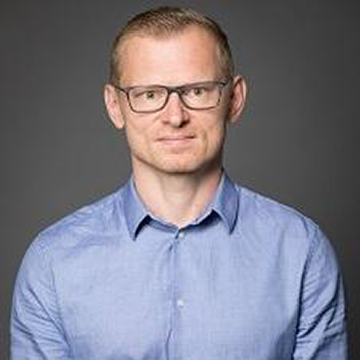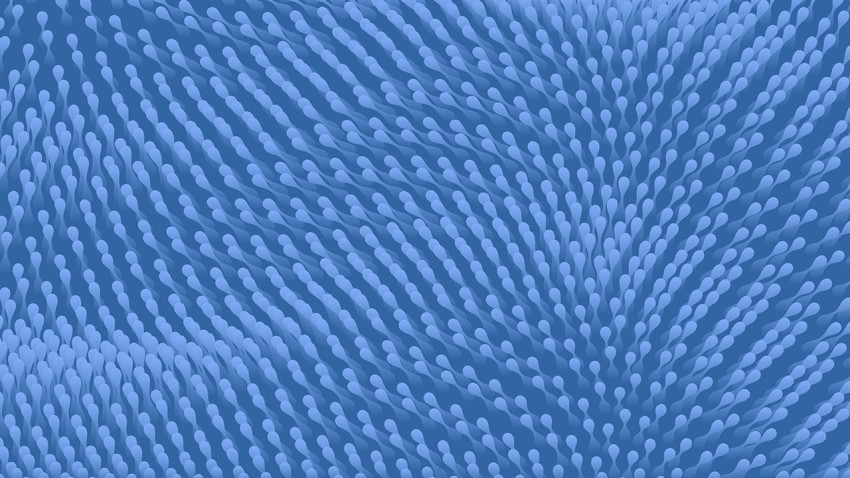Surprise physics in insulating material offer path for faster tech
Researchers led by Cornell have discovered an unusual phenomenon in a metal-insulating material, providing valuable insights for the design of materials with new properties by way of faster switching... Read more about Surprise physics in insulating material offer path for faster tech





